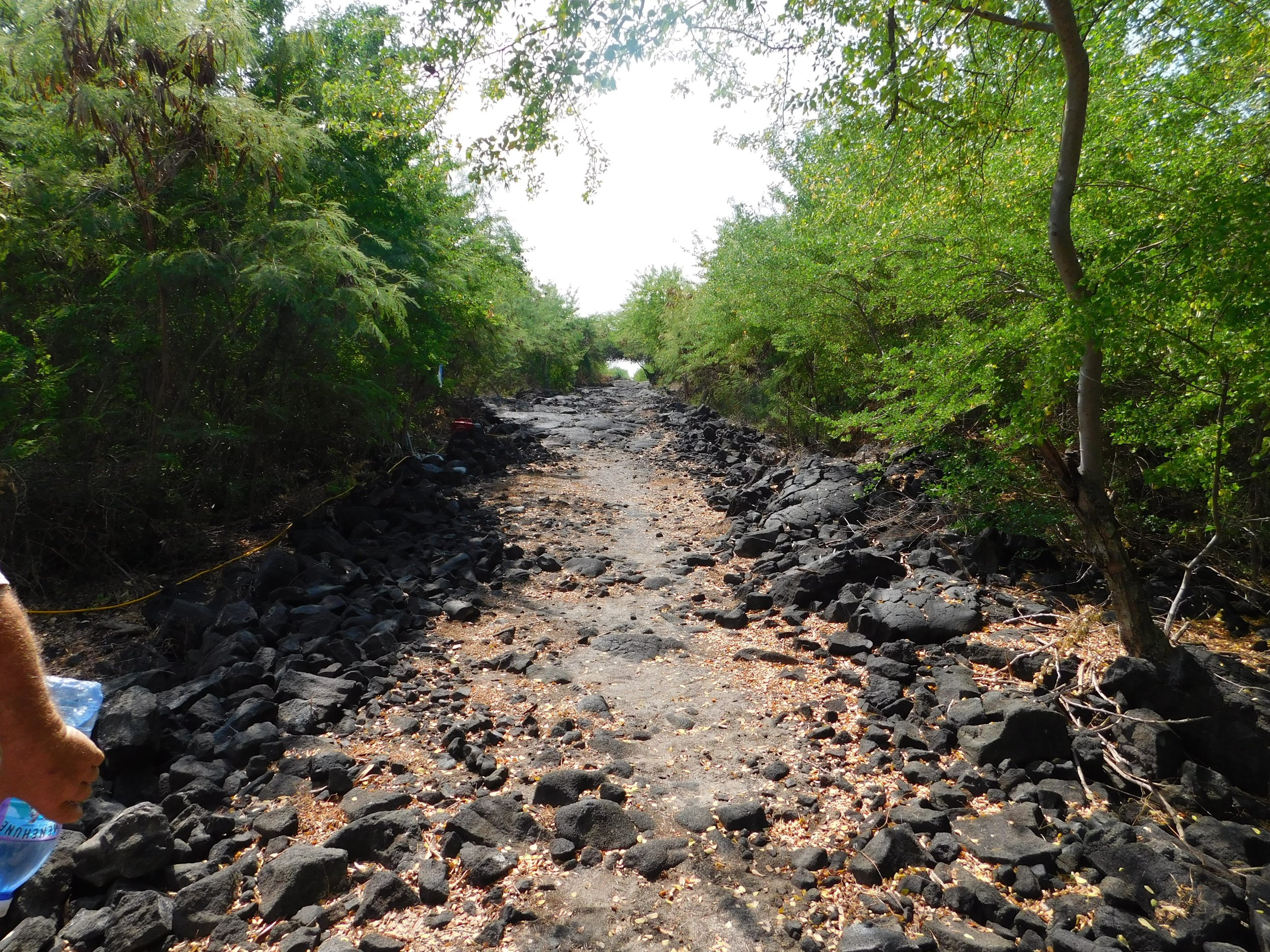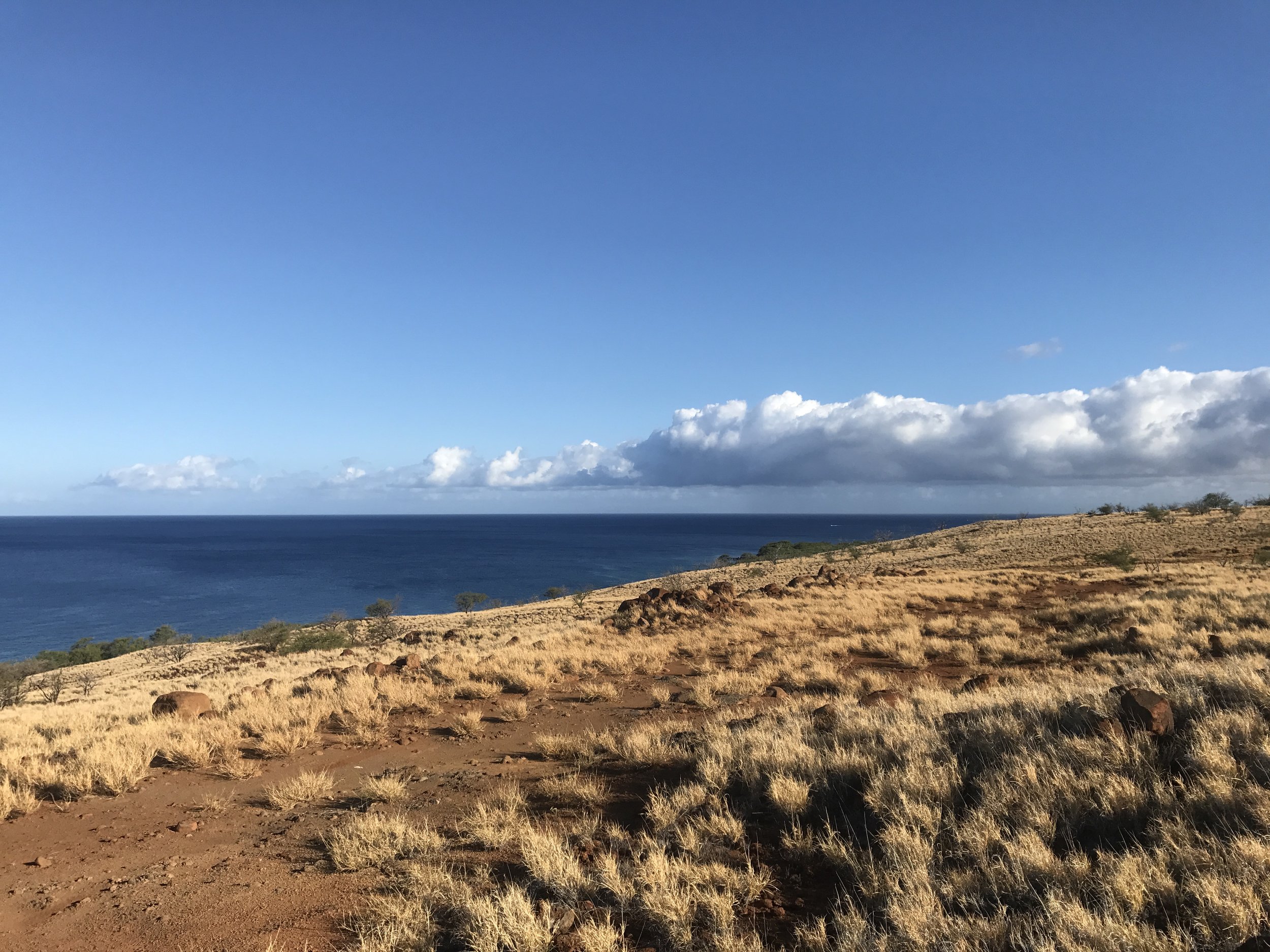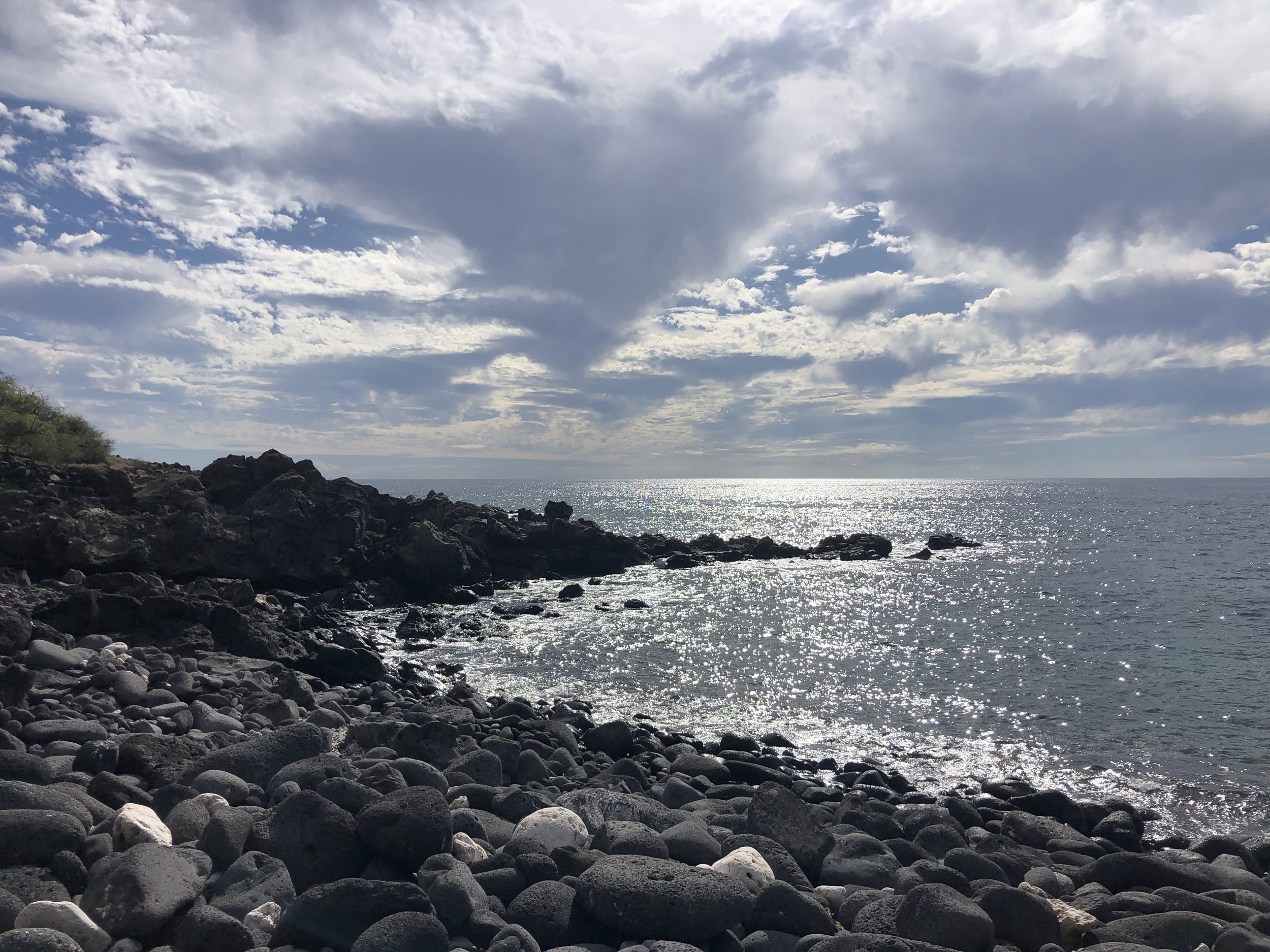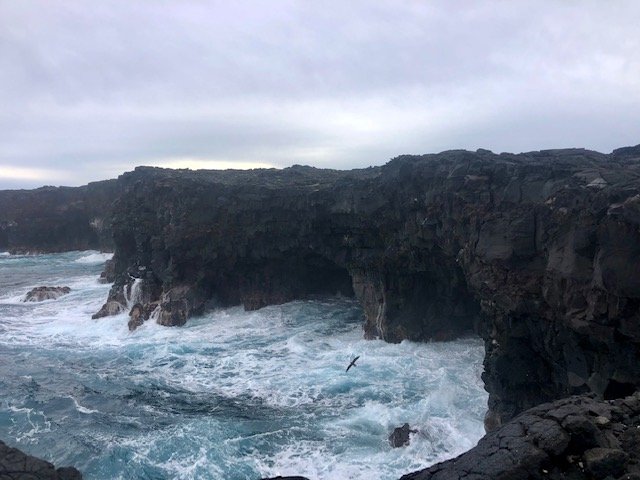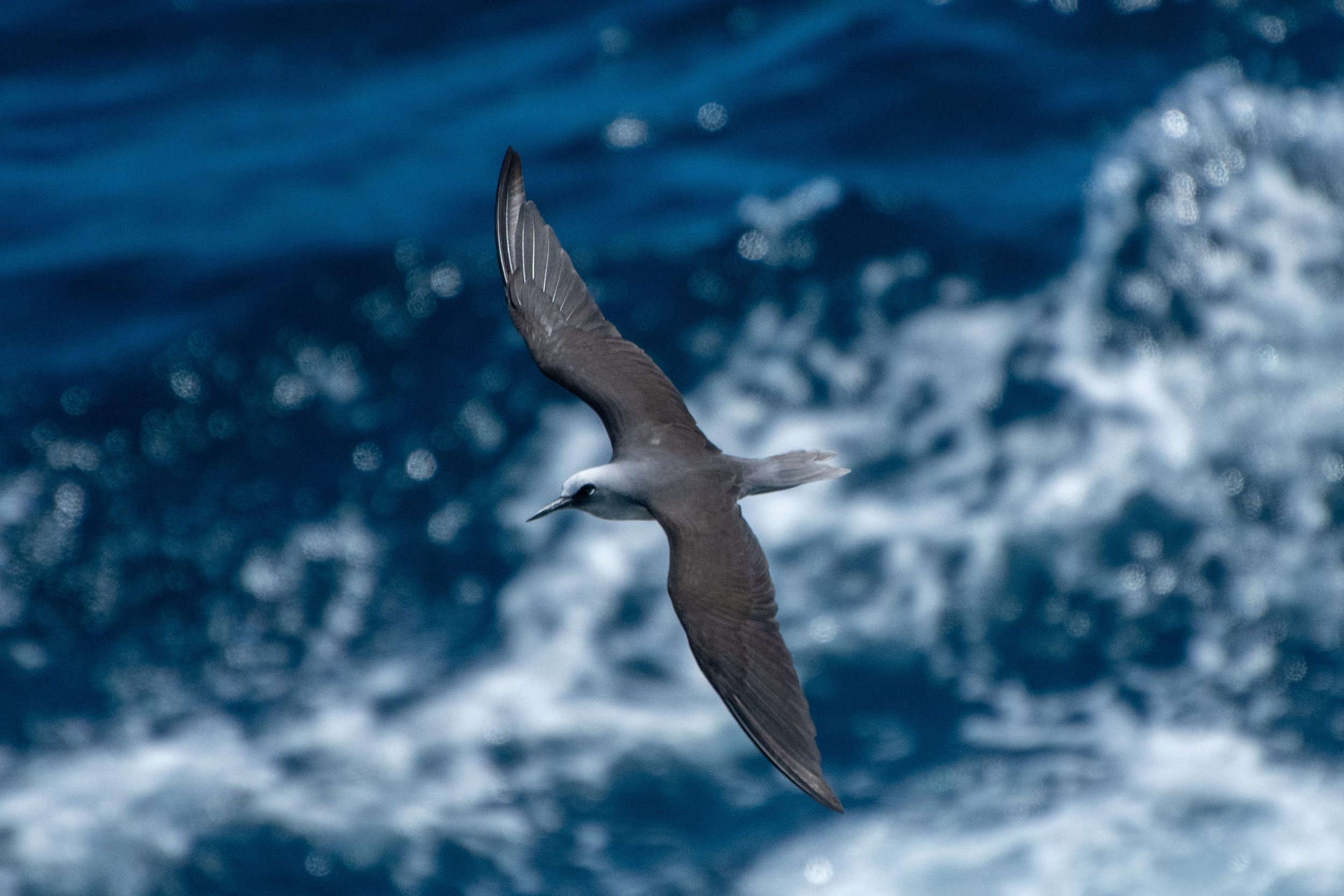Our Work
Efforts to protect and manage the Trail along the course of its approximately 175 miles from ‘Upolu Point on the northern tip of Hawai‘i Island down the Kona Coast and around South Point to the eastern boundary of Hawai‘i Volcanoes National Park have been faced with many challenges, the most difficult being development on or near the trail corridor. In many cases, there have been developments built over the trail or buildings encroaching upon the trail.
The Ala Kahakai Trail Association is a member of the Partnership for the National Trail System (PNTS), which is comprised of organizations directly linked to each of the National Historic and Scenic Trails within the National Trails System. The organization’s sole mission is to advocate on the behalf of the National Trails System as a whole for land preservation and stewardship resources. This includes connecting member trail organizations with Federal agency partners to further the preservation, protection and maintenance of its trails.
The purpose of PNTS is to promote and support the efforts of National Scenic and Historic Trail organizations, to secure public and private resources and to serve as a collective voice for policy and action that supports national scenic and historic trails. PNTS is a 501(c)(3) that connects member not-for-profit trail organizations and Federal agency partners to further the protection, completion, and stewardship of the national scenic and historic trails within the National Trails System. ATA was the first of all PNTS members to have purchased property in order to preserve a section of the trail. We believe that ownership affords the highest level of protection of this fragile resource.
Land Acquisition
Kiolokaʻa, Kaʻū, Hawaiʻi
Although land acquisition is a last resort, ATA considers it an important and often necessary step in preventing development that would impact that numerous cultural sites throughout the landscape as well as sensitive native plant habitat, open space and public access.
Trails provide a physical link to natural resources, facilitating access intended for collaborative landscape protection, resource management and educational outreach. Incorporating trail systems into natural resource protection strategies will encourage communities to enhance and maintain positive relationships with the natural environment while mitigating human impacts on natural resources. In the face of change we must strengthen the stepping stones that we intend future generations to walk upon, ensuring resiliency in current and future conservation efforts.
As part of ATA’s commitment to community based stewardship and management, ATA works with the community to create a collaborative landscape management plan that is aligned with the vision and needs of individual communities.
Serving our communities, these management plans are developed with regard to the cultural and natural resource management, cultural protocols, community stewardship, education and interpretation, road and trail maintenance, fire prevention measures and public access. ATA seeks land acquisition of properties under threat of development, with hopes to ensure the long-term preservation of the rich ecology, history, and culture of this ʻāina (land).
community-based stewardship
Another large focus of ATA’s stewardship work involves physical stewardship of the trail. We actively support on-going projects to clear and maintain four (4) separate sections of the trail. ATA currently supports the active clearing and maintenance of trails by four volunteer community groups.
Community engagement is an important form of indirect stewardship. As we grow and build relationships, ATA strives to assist communities in protecting trails and other significant resources. Our hope is that continued efforts to protect both cultural and environmental resources surrounding coastal and mauka-makai trails will drive communities to the value of recognize and honor the ancient and historic trail network of Hawaiʻi and its connection to both our past and our future.




